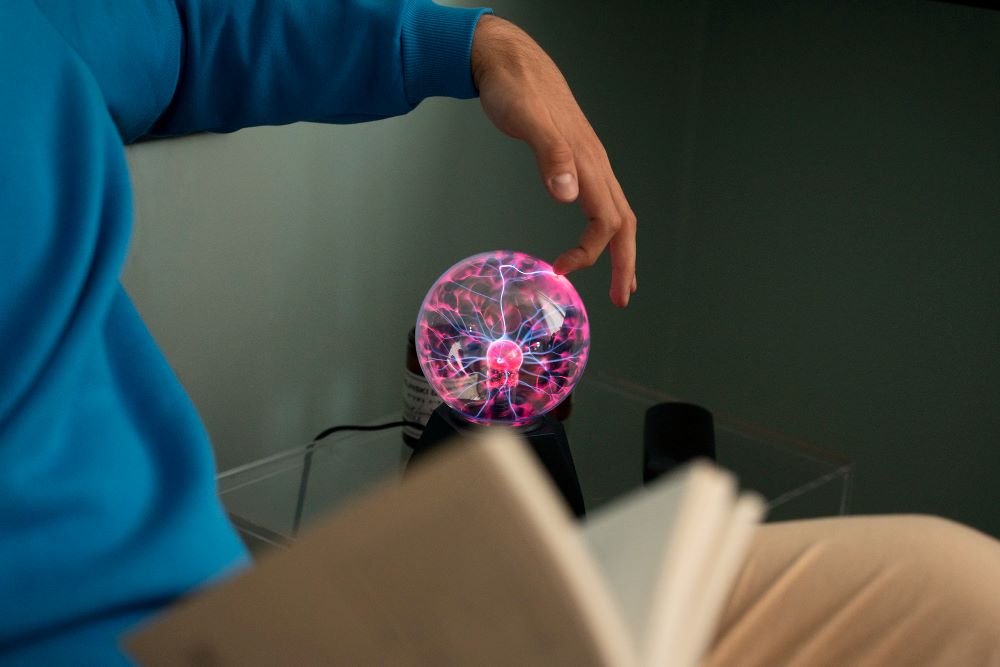As seasons change and daylight hours shift, many people find their mood, sleep patterns, and energy levels are affected. The lack of sufficient sunlight in the fall and winter months can disrupt normal circadian rhythms and neurotransmitter activity, triggering or exacerbating mental health issues like depression and anxiety for susceptible individuals. However, light therapy provides a promising non-drug treatment option that can help stabilize mood, improve sleep quality, and boost energy.
What Is Light Therapy?
Light therapy involves regular exposure to artificial light that mimics natural sunlight. It was first noted to successfully treat seasonal affective disorder, but has since proven beneficial for other conditions as well. Typically administered via a light therapy box or lamp during the morning hours, it can have profound effects related to circadian rhythm regulation, brain chemistry, and hormonal activity.
Treating Depression and Improving Mood
Light is intricately tied to mood and brain function. Sunlight prompts the release of key neurotransmitters like serotonin that influence our emotions. Light therapy artificially stimulates neurotransmitter activity through the optic nerve, boosting mood.
For those with seasonal affective disorder, light therapy in the morning helps reset the body’s circadian clock which becomes misaligned during short winter days. The bright light omits wavelengths that match a sunny spring morning, adjusting the sleep/wake and hormone release cycle. Users tend to experience improved energy, focus, motivation and sense of well-being within a few days to weeks.
The portability of modern light therapy lamps makes it easy to integrate sessions into your morning routine at home or work. Most research confirms best results with daily 30-60 minute exposures. Light therapy produces minimal side effects compared to antidepressant medications and is also used to augment drug therapy under a doctor’s supervision.
Regulating Your Sleep/Wake Cycle
In addition to mood, light heavily dictates the body’s sleep/wake rhythms. Our circadian system relies on light cues from the environment to determine optimal times for feeling alert versus sleepy. Insufficient daylight exposure can make it difficult to fall or stay asleep at night.
Using light therapy in the morning harmonizes your body’s internal clock to the day-night cycle, signaling when to be awake and asleep. Starting your day with a light session promotes restful sleep at night. Light therapy has also proven effective for circadian rhythm sleep disorders like jet lag or shift work.
Other Potential Benefits and Uses
While mental health and sleep applications have the strongest research support so far, light therapy may confer benefits for an array of other conditions including:
- Seasonal weight gain
- Low energy/fatigue
- Skin conditions
- Muscle aches and pains
- Cognitive function for dementia and Parkinson’s disease
- Joint stiffness or pain
- Cancer treatment side effect mitigation
More studies are underway to explore effects on immunity, metabolism, cardiovascular health, headache disorders, and more. Though generally very safe, it’s wise to consult your doctor before starting light therapy if pregnant, having eye issues, on medications, or with medical conditions affected by light exposure.
Give Light Therapy a Try
For those looking to stabilize mood, sleep, energy levels or general wellness – especially during darker seasons – light therapy delivers a practical way to harness the restorative power of sunlight from the comfort of home. Requiring just a small time investment, light therapy devices are relatively inexpensive and easy to incorporate into your lifestyle. Speak with your therapist to see if trying light therapy this fall or winter could provide some bright spots for your health and wellbeing.


